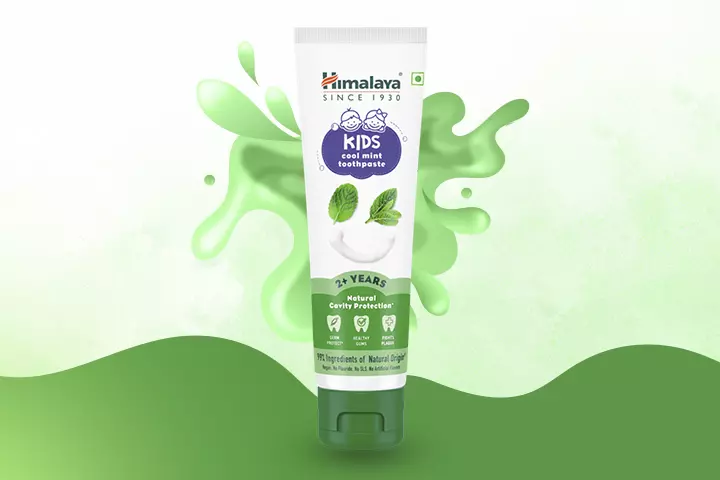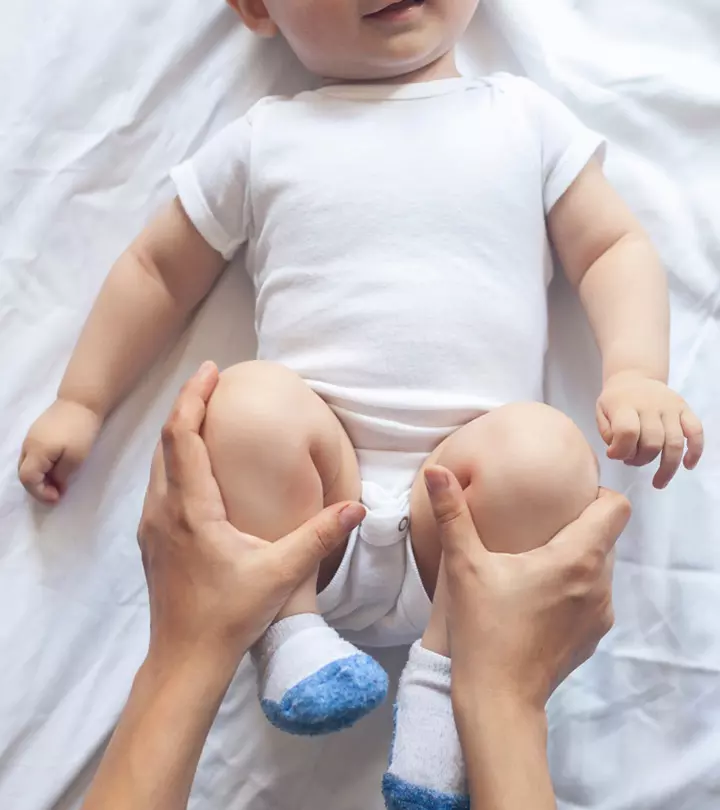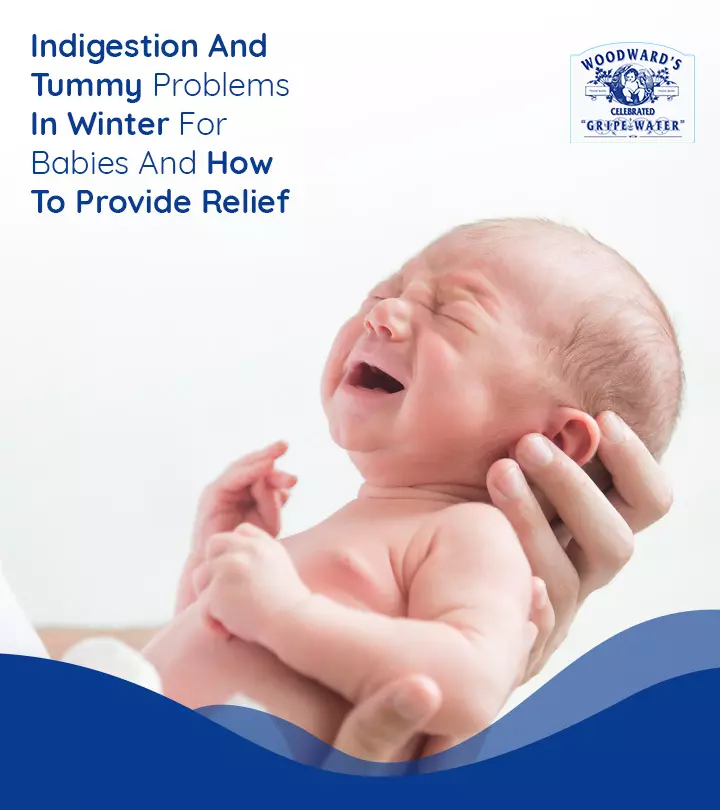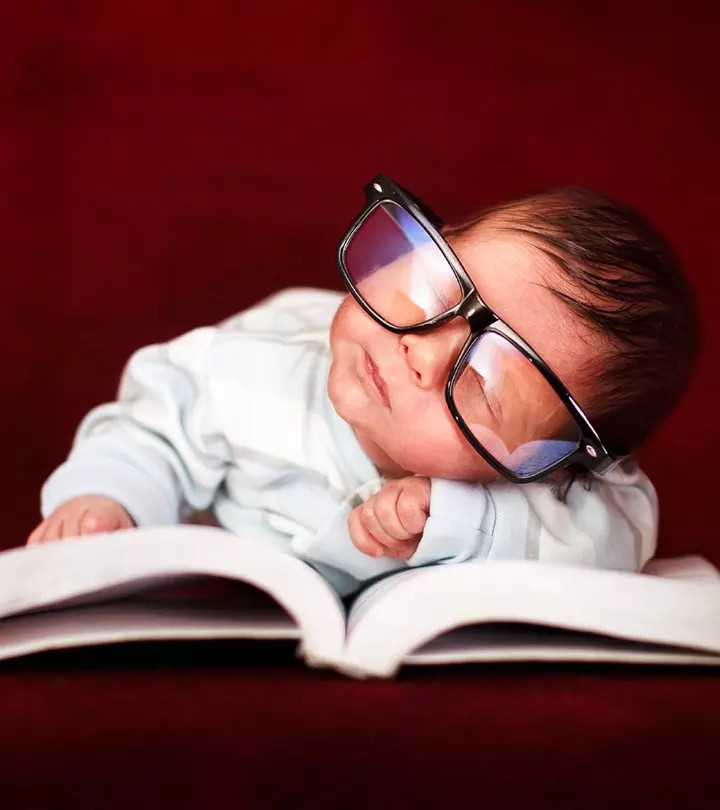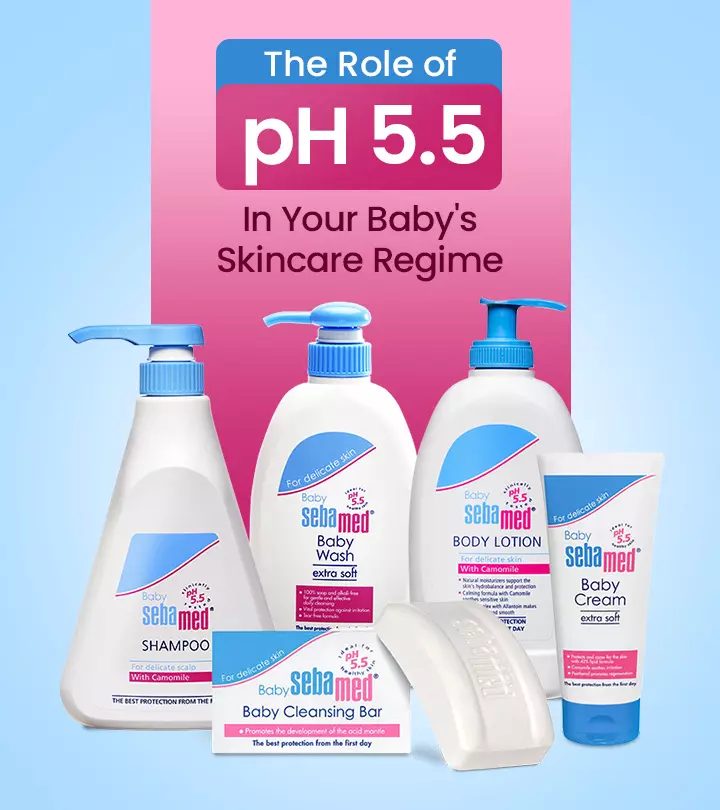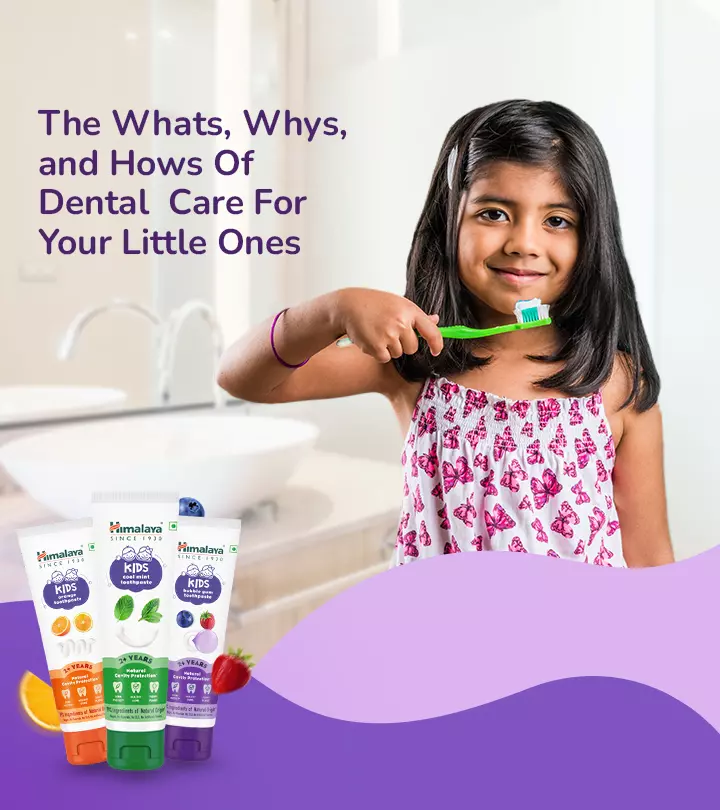

Image: ShutterStock
Keeping your children’s teeth healthy is essential for the overall well-being of your little one. Regular brushing helps remove food particles, plaque, bacteria, and other germs from the teeth. It also keeps any harmful acids from accumulating and helps in keeping the enamel from wearing away. Besides protecting the teeth, brushing enhances the gum’s blood circulation and makes them look and feel healthy.
A parent who cares for a child will always want them to stay healthy and fit. Brushing the child’s teeth is an important aspect of staying on the health track, as good oral hygiene is linked to overall well-being. The quality of one’s oral hygiene can prevent cavities and increase or decrease the chances of one getting affected by cardiovascular disease, respiratory infections, and diabetes in the long run.
The kind of brush or toothpaste used, the amount of time a child spends brushing their teeth, and the way of brushing can impact their oral hygiene. So let us take a look at the different aspects of brushing teeth, especially for children.
At What Age Should One Start Brushing?
At the earliest! Yes, one should start brushing as soon as the first tooth sprouts. The first tooth comes in at around six months. That is when a parent or caregiver should start brushing the little one’s teeth with a cloth or soft-bristled brush. However, toothpaste can be harsh on the gums or be ingested by babies. Hence, one should use water instead of toothpaste to clean the child’s teeth till they are one and a half years old (1). Moreover, some children can be sensitive to the sensations caused by teeth brushing, so start slow. Remember, during the initial stages, brushing is more about forming a habit than doing a deep clean.
How To Brush Your Child’s Teeth?
Congratulations, your baby is a tiny grown-up now and is allowed to use toothpaste. Children can be pretty moody, so teaching them how to brush their teeth correctly is important. You can start by brushing without toothpaste to get them used to the sensations. Singing a song, setting a good example, and a little sneaky bribe, as in a reward system, may also help during the initial stages. But between all the fun and games, don’t forget to tell them to place the brush at a 45-degree angle and move it in a circular motion at a gentle speed for a thorough cleaning.
How Long Should Children’s Teeth Be Brushed?
Children’s teeth are quite similar to adult teeth in structure. One can move a soft-bristled brush over the child’s teeth in an up-and-down or circular motion for two to four minutes. Being late for daycare or the excitement of eating breakfast should not be an excuse for not brushing a child’s teeth, as it only takes about eight minutes of one’s day. That being said, one should also avoid over-brushing as it can cause numerous oral issues, such as sensitive teeth and receding gums. Putting a lot of force into brushing can also wear away the teeth’s enamel, making them brittle and prone to breaking. Brushing twice a day for four minutes each, may be the ideal way.
At What Times Should One Brush Children’s Teeth?
Although brushing twice a day- during the start and at the end of the day is sufficient, some circumstances may require additional brushing. A brushing session between meals or 30 minutes after having candy or other sugary products can help keep cavities and bad breath at bay. However, one should avoid brushing for 30 minutes after having a meal as it can damage the enamel. Overbrushing can also strip your mouth of good bacteria that keep the teeth cavity-free. Although brushing is an important part of oral hygiene, overdoing it can do more harm than good.
One of the main aspects of brushing is the kind of toothpaste used. When it comes to children, it is important to ensure that the toothpaste is made of non-toxic and gentle ingredients. It should also be free of harmful chemicals such as sodium lauryl sulfate, parabens, triclosan, sweeteners, colors, and microbeads. Here is where toothpaste like Himalaya Kids Cool Mint Toothpaste can come to your rescue.
The Himalaya Kids Cool Mint Toothpaste has a fluoride-free formula infused with Xylitol, a natural cavity protector. It also has cutch tree extracts to help your child fight germs and pomegranate extracts to keep the gums healthy and pink. Its ingredients have been sourced from nature, and the toothpaste has been clinically tested, helping you get a gentle yet thorough cleaning. Moreover, the vegan and cruelty-free toothpaste is also ideal for children prone to allergies, as it is devoid of major allergens such as soy, dairy, and peanuts. This toothpaste also produces a rich lather and has a cool minty aftertaste to freshen the breath and lessen the aversion children may feel while brushing their teeth.
A parent or caregiver should also take their children to the dentist at regular intervals to prevent any major oral health issues. However, when it comes to at-home oral care, keeping the child from eating sugary food, encouraging them to eat a well-balanced diet, and brushing their teeth with just a pea-sized amount of minty toothpaste can keep them from developing cavities, bad breath, and other oral issues.
Regular teeth brushing is a way of inculcating good hygiene habits in children. Besides brushing, a parent or caregiver should also take their children to the dentist at regular intervals and provide them with well-balanced and healthy meals to prevent major oral health issues. However, when it comes to oral care at home, keeping the child from eating a lot of candy and brushing their teeth with just a pea-sized amount of minty toothpaste may keep them from developing cavities, bad breath, and other oral issues.
References
- Toothbrushing for children 0 – 6 Years
https://www.betterhealth.vic.gov.au/health/conditionsandtreatments/toothbrushing-children
Community Experiences
Join the conversation and become a part of our nurturing community! Share your stories, experiences, and insights to connect with fellow parents.

